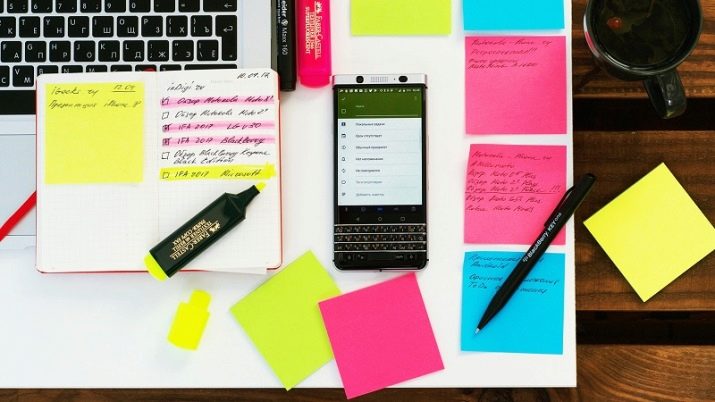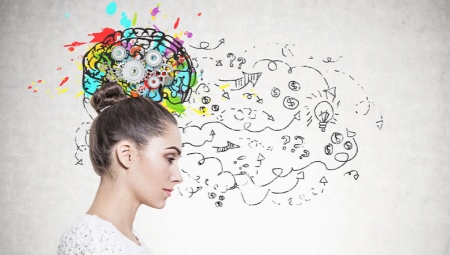The vast majority of people believe that memory is just a kind of “repository” for information. However, professionals have long found out that there are at least two different components - mechanical and logical memory. They have their own distinctive features and specific ways of development.
Feature and Features
In psychology, the difference between types of memory is distinguished not only because it is convenient. A number of studies have shown that such a separation is true reality. Thus, the mechanical memory of a person implies the preservation of material and facts in the state in which they were understood. If, for example, a foreign language is studied or previously unknown terms of the mother tongue are used, then the words will be acquired in isolation. A foreign language is not accidentally mentioned. Only purely mechanically can one initially assimilate unusual words and grammatical structures.
In this case, they form clear, bright and juicy images. Attempts to abandon the use of mechanical memory inevitably provoke significant errors. But it is needed not only in a purely informational sense. The development of simple motor stereotypes, including skills for performing physical exercises, is ultimately based on mechanical memory.
A necessary condition for success is a great plasticity of the nervous system.

But mechanical memory has significant limitations.. So, although it is valuable as operational assistance in difficult cases, it does not immediately eliminate errors and shortcomings.If ready-made speech formulas or athletic exercises are not immediately mastered correctly, it will be extremely difficult to correct these deviations. For many people, it’s even almost impossible to do. In addition, even with a slight change in conditions or requirements, the use of a mechanically learned skill is difficult.
Otherwise, logical memory works. It focuses not so much on the external form as on the content of the material being worked out. In this case, the definitions of various terms are carefully studied, semantic chains are formed between specific facts and judgments. And even in the same physical definitions you can trace your logic, sequence. The mastered information is carefully analyzed, divided into its component parts. Subsequently, you can always even swap these information blocks or creatively use them in a non-standard, previously unforeseen situation.
Logical memory does not rely solely on material analysis.. It also needs to be systematically repeated. But this repetition is significantly different than in mechanical reproduction.
Necessarily draws attention to the meanings of the information being mastered. Using logical memory is more time consuming, but a more durable result is achieved.

Memorization mechanism
The difference between the two types of memory is expressed not only in how they are arranged from the point of view of psychology. Professionals know that mechanical memory is based largely on the first signaling system. Logical memory also relies on this level of the psyche, but nevertheless it mainly uses the capabilities of the second signaling system. It is worth considering that the mechanical assimilation of information has an important advantage - it is practically inexhaustible. In any case, no expert can confidently say what the capacity of this type of memory is.
But what is learned mechanically ("jagged") can be just as easily forgotten. Only with systematic new repetitions will information be stored for a longer period. For example, the names of people, addresses or phone numbers that are no longer relevant are quickly forgotten. But by building clear logical chains, this risk can be minimized. Certainly Studies of both types of memorization will still reveal a lot of interesting things, but they will not refute these basic facts.

Functions
In real life, and in every profession, a person needs both mechanical and logical memory. However, the proportions between them are very different. The more dynamically a certain sphere develops, the more complex it is, the less you can rely on some once and for all acquired material. And even the main practical approaches become obsolete over time. Mechanical memorization is effective when you want to record:
- names and dates;
- digital indicators;
- tabular data;
- long lists;
- texts of official documents;
- poetic works;
- formulas used in science and technology, formulations of the laws of nature.
If we take the athlete as an example, then he will master the elementary movements and manipulations mechanically. And this is the most justified way, because they will be repeated constantly. But the overall strategy leading to victory in competitions, tricks to defeat rivals - this is the prerogative of logical memory. The more complex technology is used in human activities, the more emphasis will be placed on semantic relationships. But in the administrative sphere, office work, the emphasis on template, repetitive actions and schemes is of primary importance.

Development methods
In children and adolescents, it is important to develop mechanical and logical memory equally. The first - because in educational institutions they have to master a huge amount of information.The second - because it is important to instill the skills of rational understanding of the incoming data. But here It is important to pay attention also to the temporary stages of the memorization process. Short-term memory is developed, enhancing the ability to translate data from abstract to figurative state.
For this purpose, various options for figurative visualization are suitable. In children in preschool age, direct mechanical memory is developed very intensively. As you grow older, this ability is steadily declining. But nevertheless, psychologists recommend such methods of enhancing mechanical memory in children, such as:
- rejection of the assimilation of all material in one approach, its division into parts;
- a combination of simple repetition with attempts to play;
- application of mnemotechnical methods;
- periodic changes in the nature of intellectual work;
- maintaining the maximum variety of digestible material.
The development of logical memory is somewhat different. This requires the study of each task (problem) dividing it into its component parts. You must understand what exactly and for what purpose is being studied.
It is useful to spend time designing charts, graphs, tables, and other ways of representing the relationships between data. Such an approach will save much more effort in the future.

If any new information arrives, one should always think about how it affects the already existing picture of ideas. Sometimes, because of this, it is necessary to change the sequence of judgments and even abandon the previous conclusions. But then, along with logical memory, the flexibility of thinking will develop. When you want to learn something abstract, it’s useful to work out associations with more familiar things. However, each association must be catchy and attract attention due to its unusualness.
So, if you just try to mentally arrange the products you need to buy in the refrigerator, it will turn out faded and ineffective. But you can put them along the route to the store, for example:
- a packet of milk on a green bench;
- chicken wings sticking out of a tree hollow;
- apples that someone throws out the window of the bus;
- lettuce hanging on a clothesline;
- a crow dragging a chain of sausages.

The brighter and more expressive the association (and the specific situation), the better. For the development of logical memory, special exercises are needed, such as an “excess word” (highlighting something that clearly does not fit into a series of objects or phenomena on any basis). Examples:
- “Bonfire - motorcycle - dew” (the first two things are dangerous, but the third is not);
- “Fog - falcon - area” (fog does not have clear boundaries in space);
- "Peak - antenna - globe - rail" (the globe is the only non-oblong object).
You can do this: fluently read any text, and then briefly outline the main points and nuances on paper. Then this record is checked with the original. They do otherwise to develop mechanical memory. Here, exercises such as:
- quick inspection of a complex geometric figure or pattern, with their immediate reproduction;
- fluent acquaintance with the spreadsheet (the same thing in fact, but they are already writing numbers that they could remember);
- memorizing pictures where the names of the flowers are not written in the paint that they indicate;
- pattern reproduction (ornament);
- daily workout - memorizing a list of to-do, purchases, calls, meetings scheduled for a meeting or a report on topics, items of expenses and income in the budget of the personal and the budget of the organization “without a piece of paper”.











